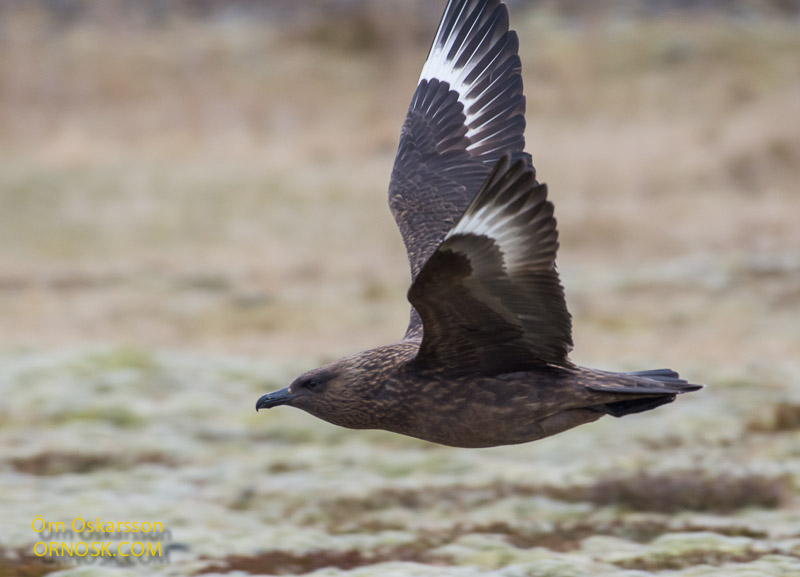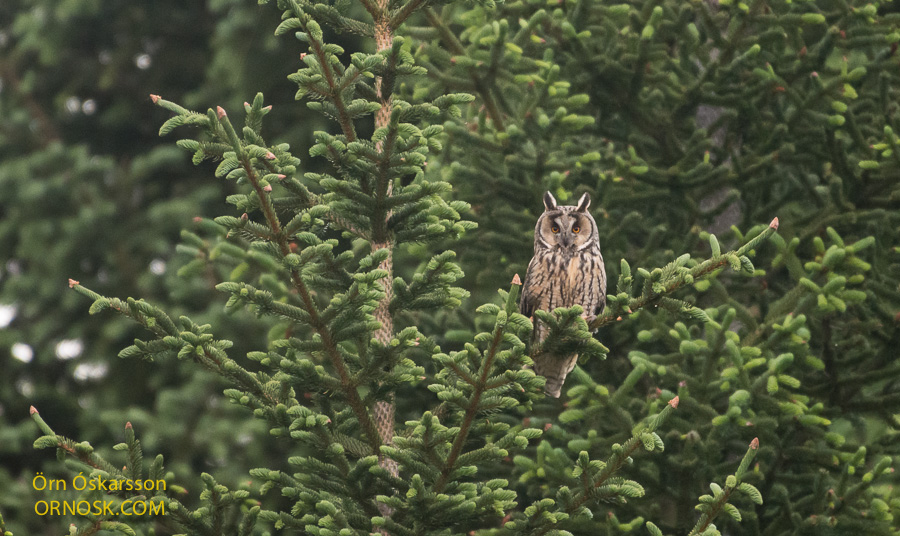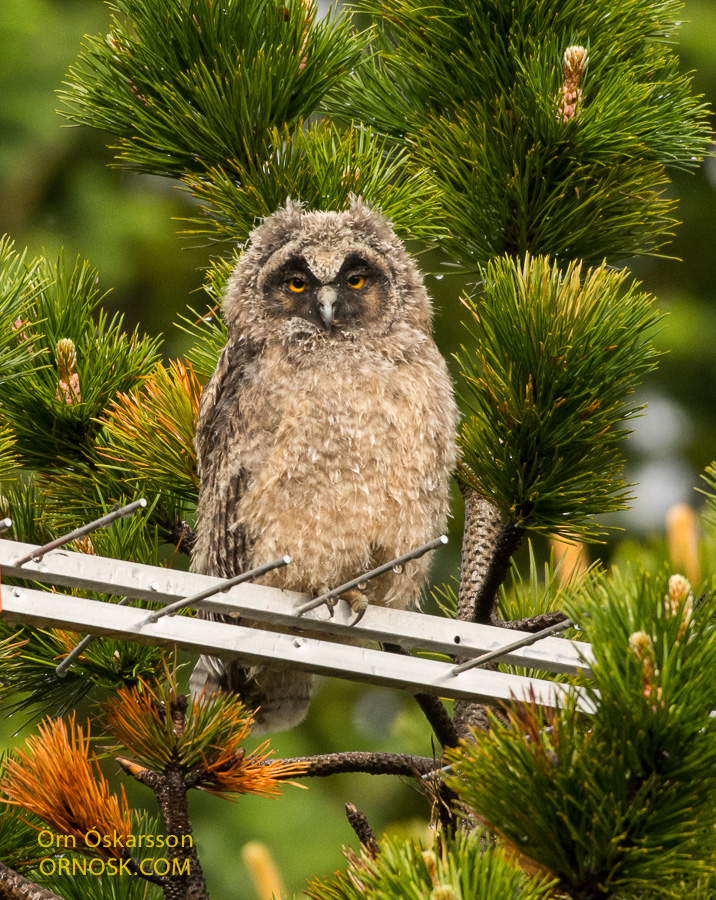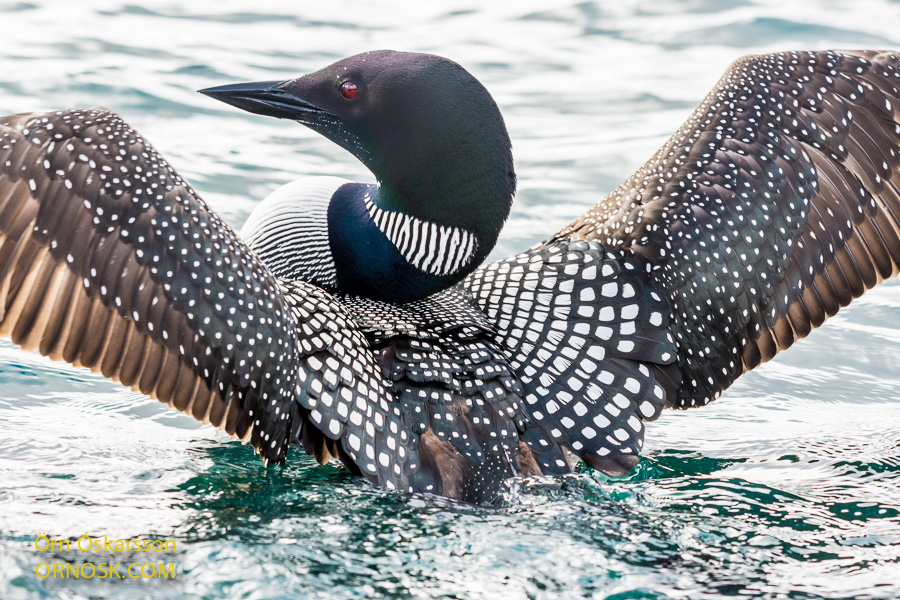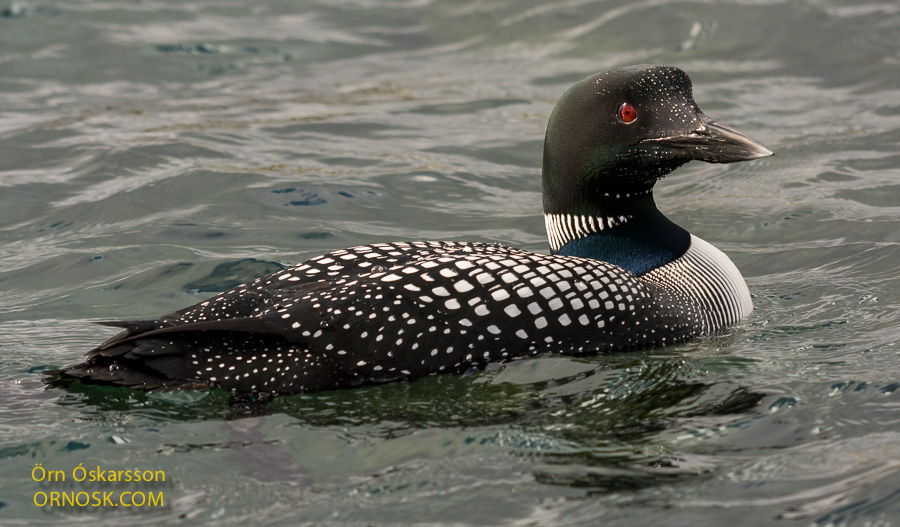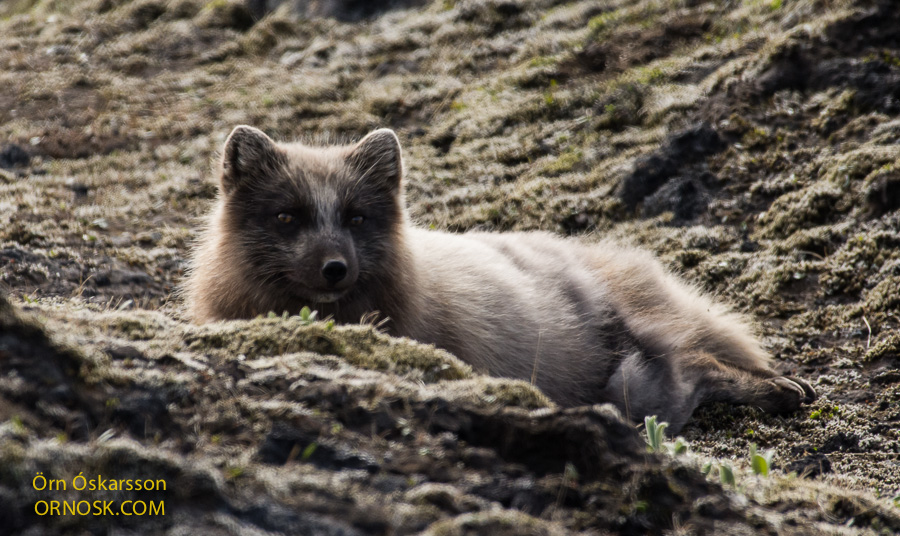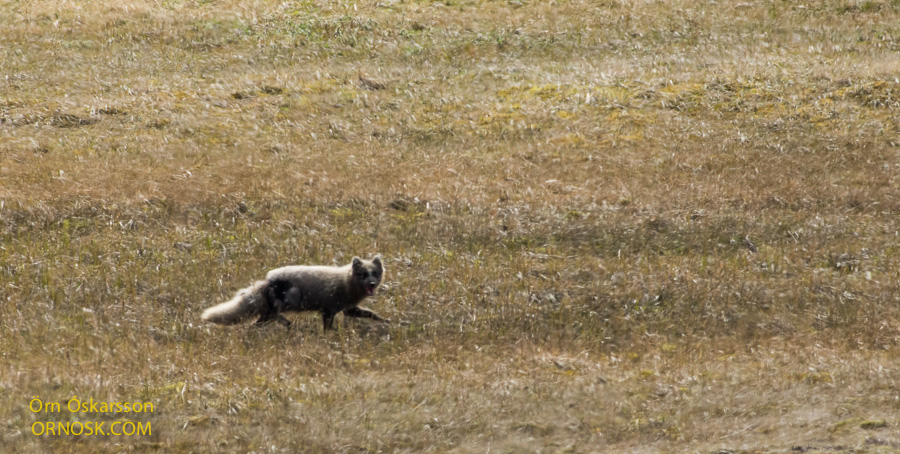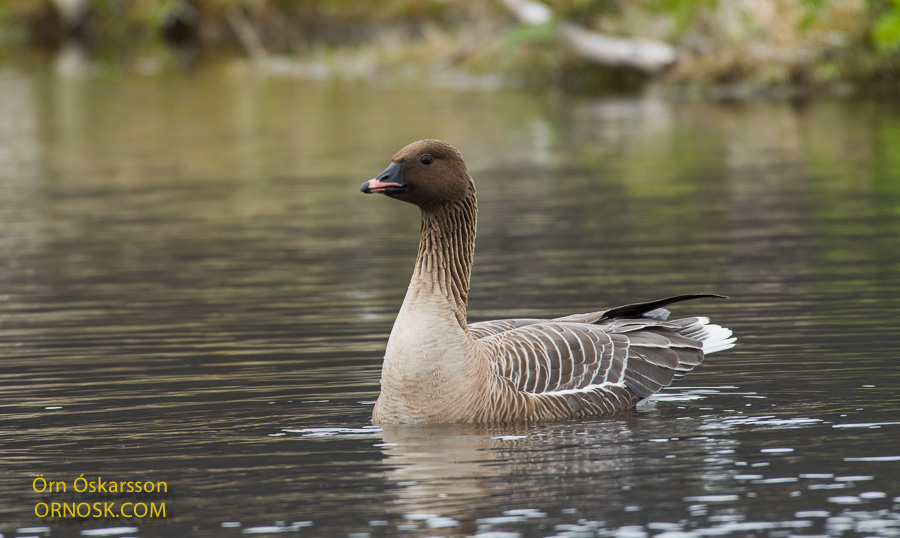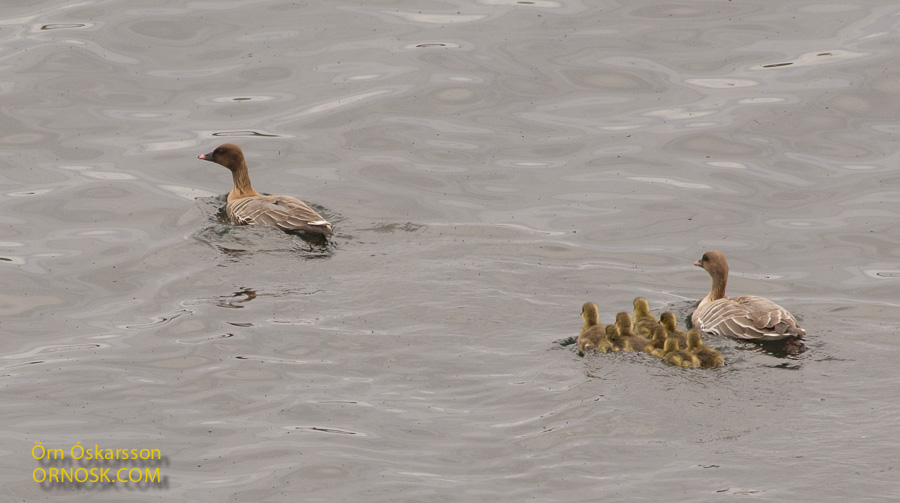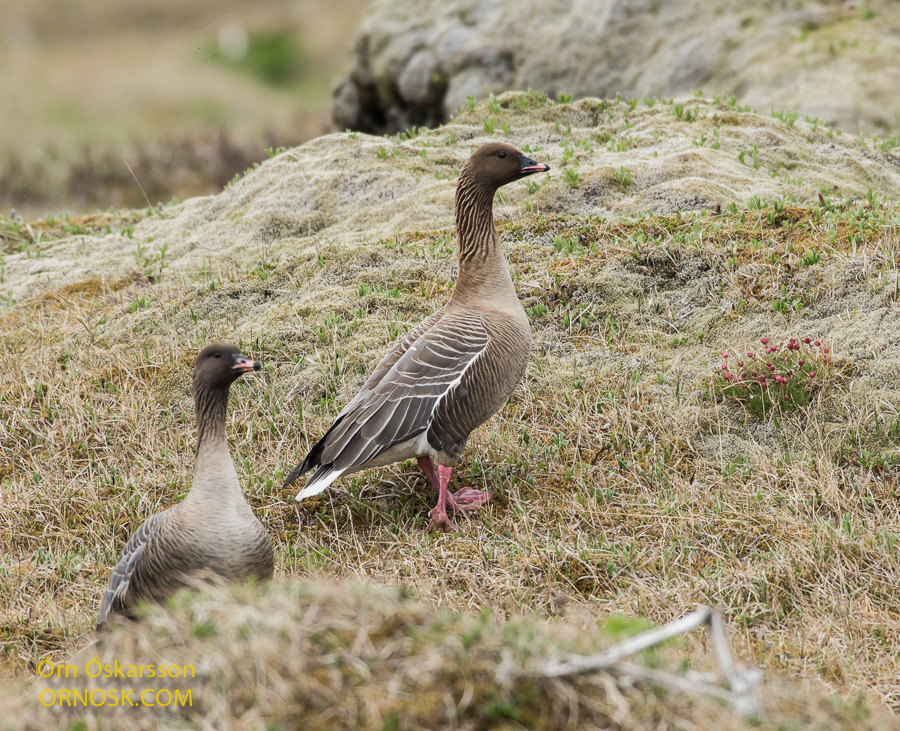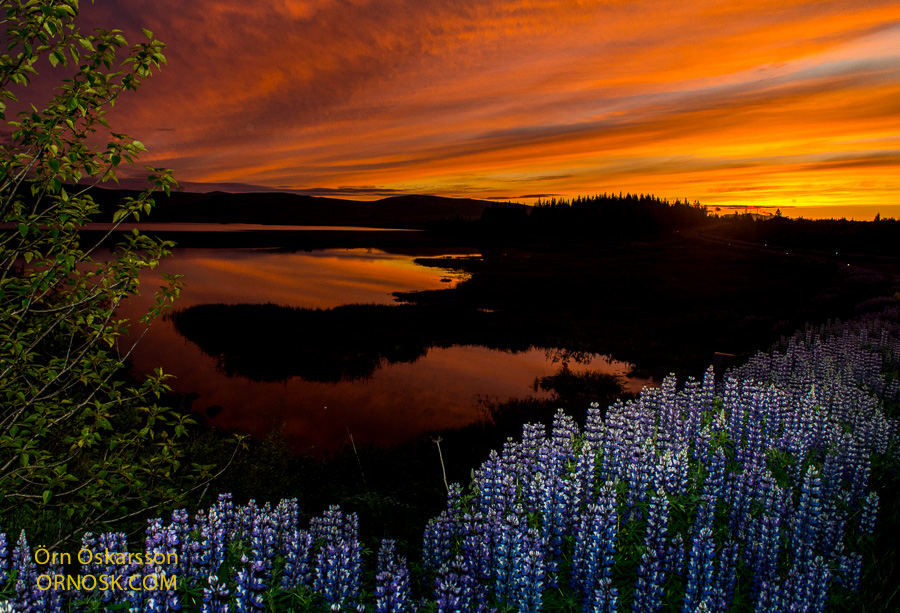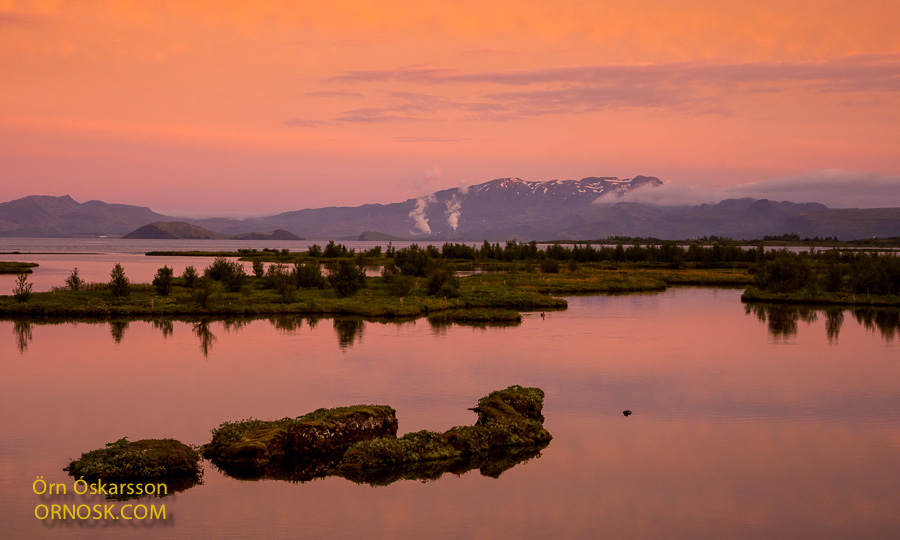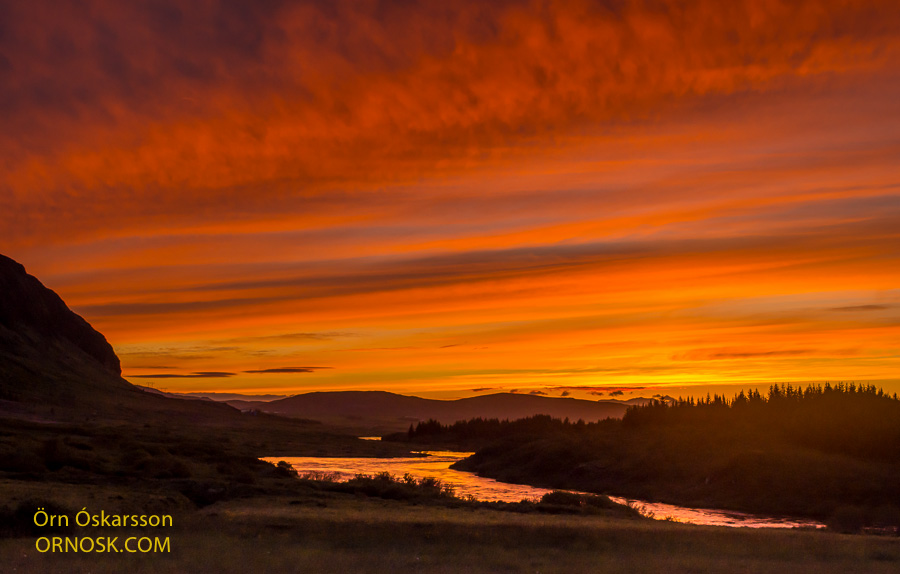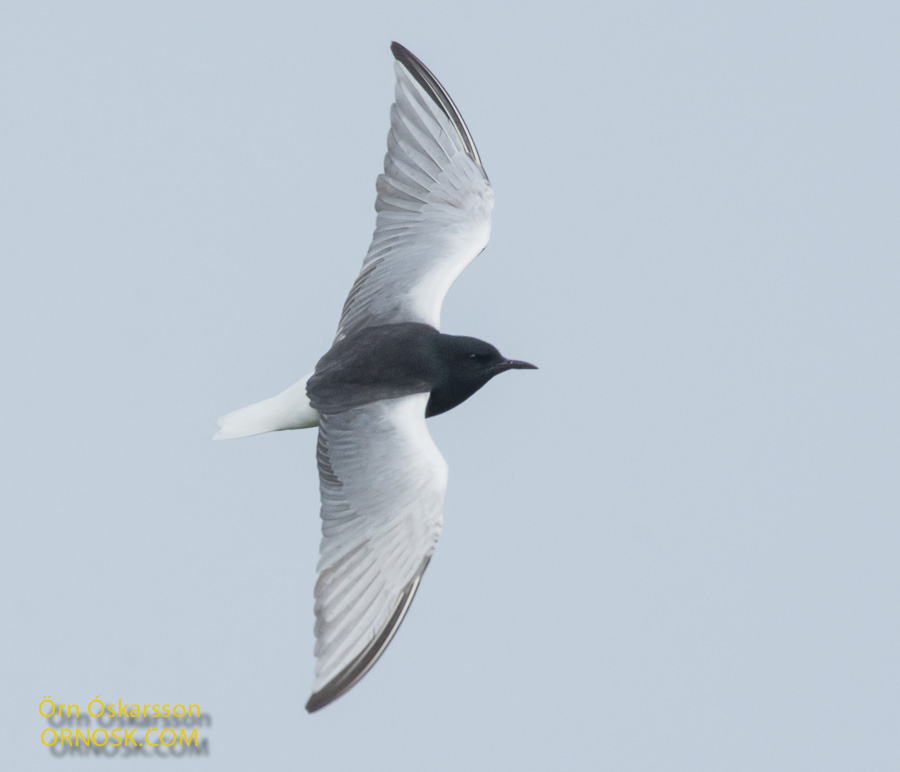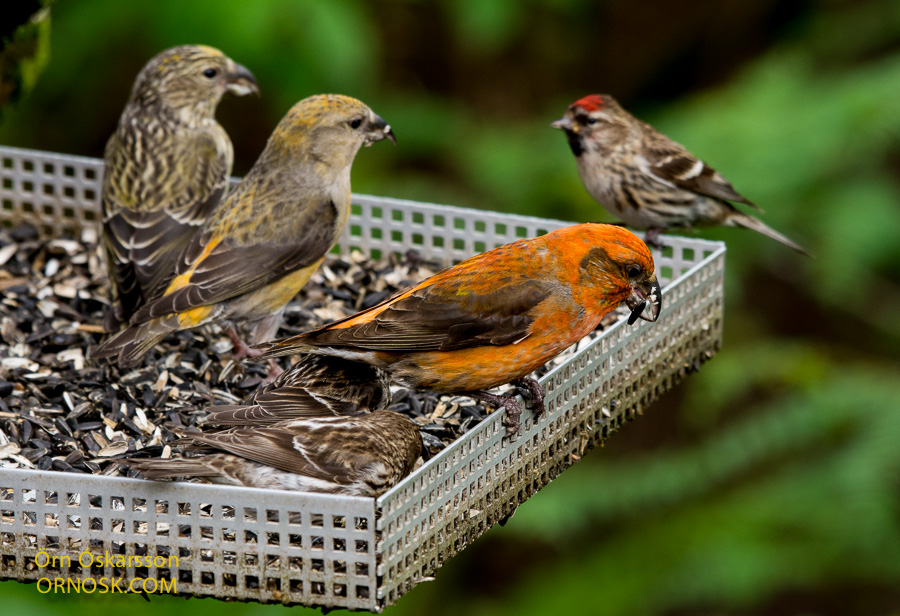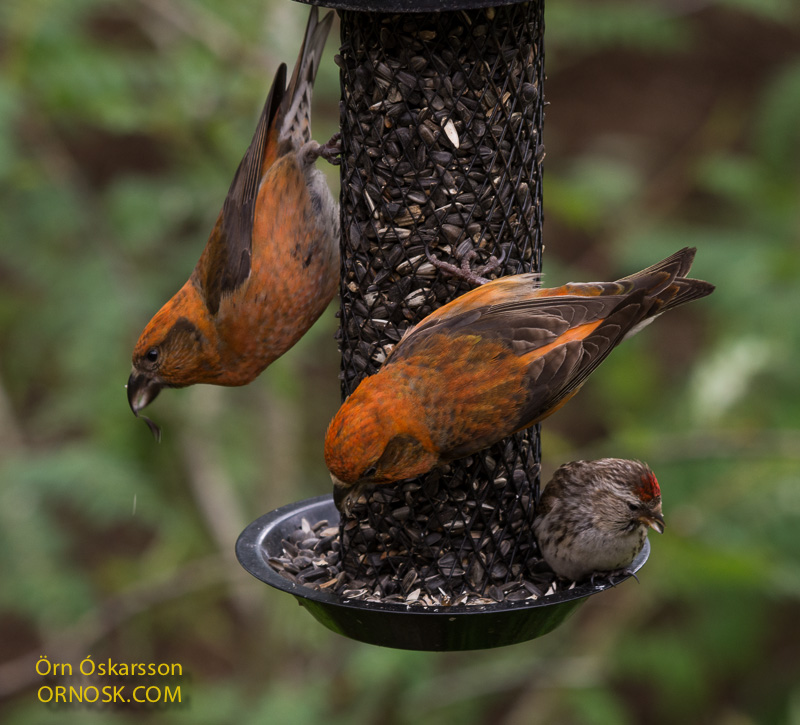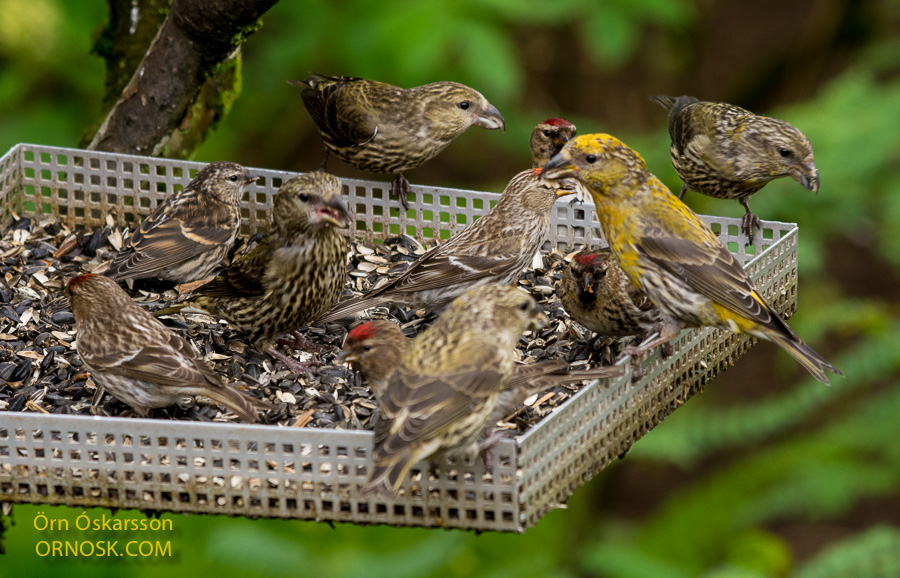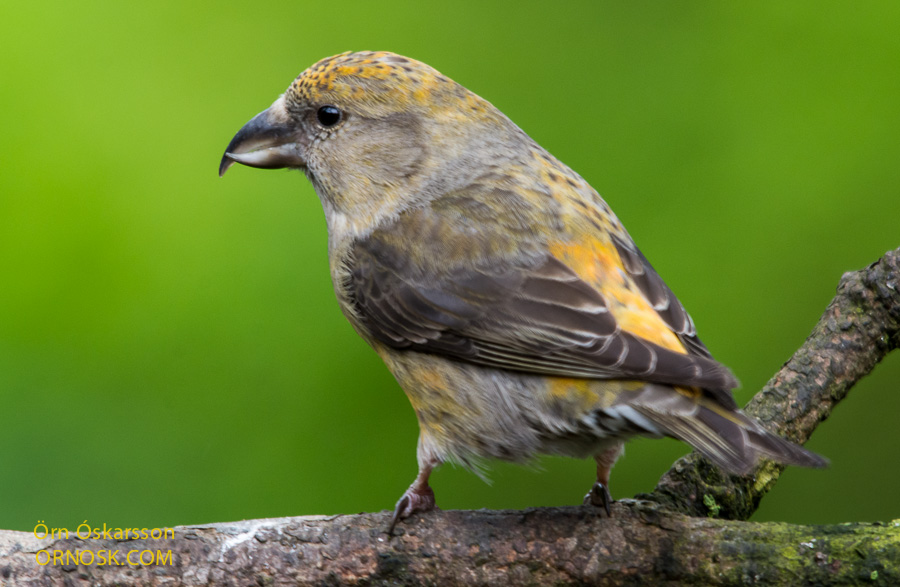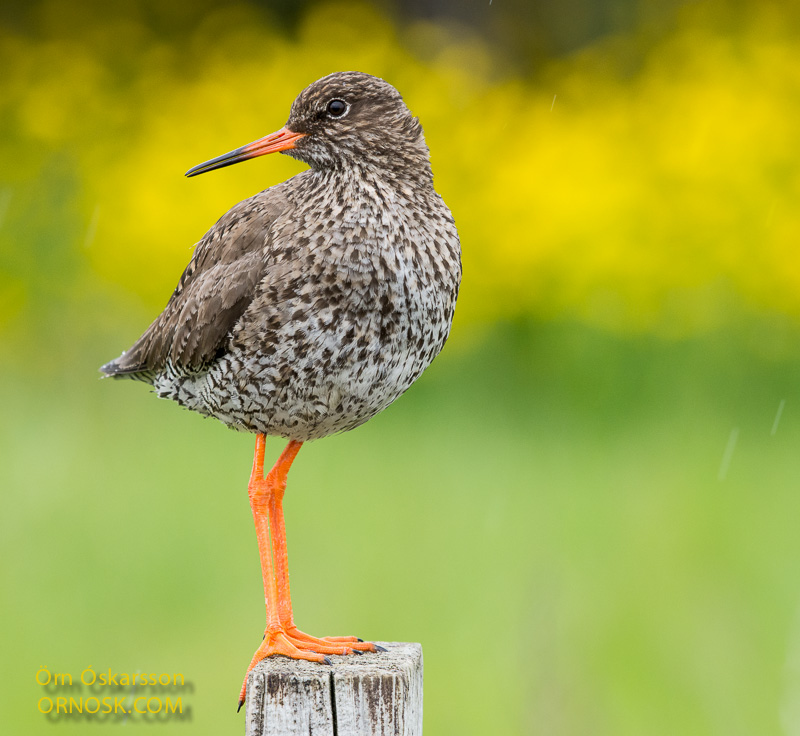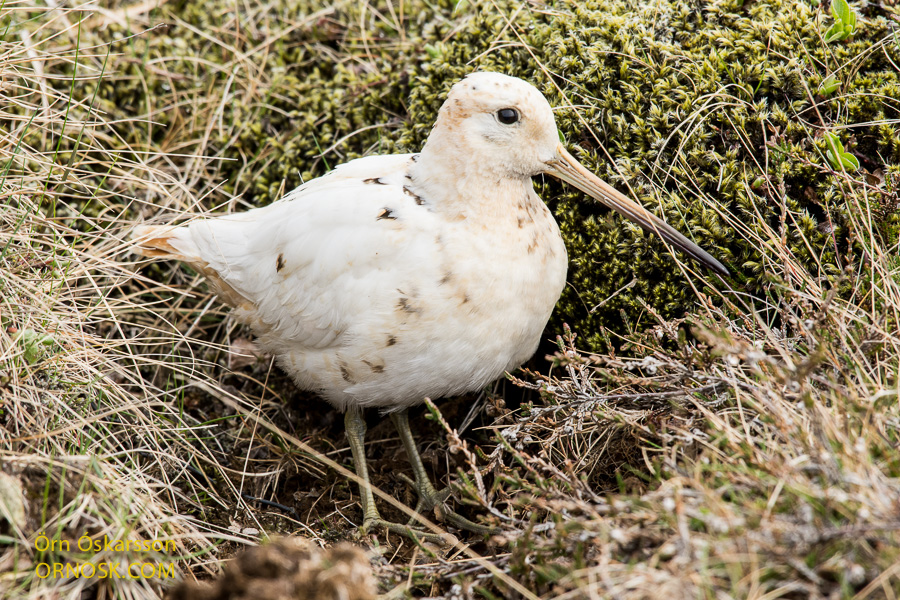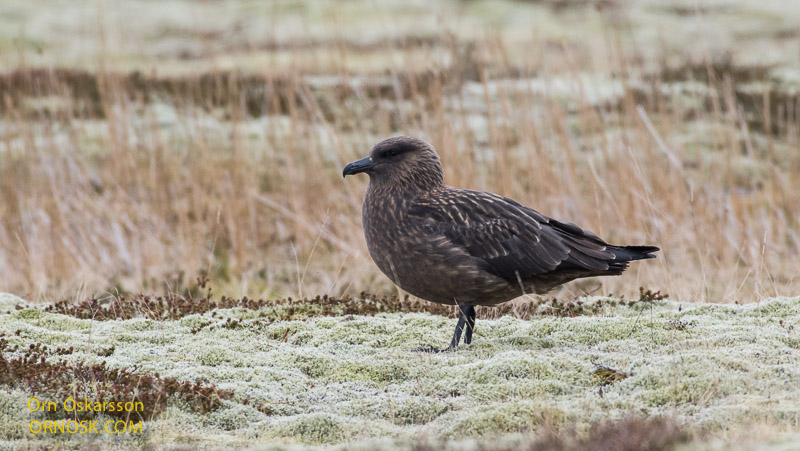
The Great Skua is stout and dark. Some say it is not a beautiful bird and some even say they hate it. The Great Skua is sometimes referred to as a pirate because it is aggressive and always on the look out to harass and steal food from other birds such as puffins, fulmars, gulls and even birds as big as gannets. Their main diet in Iceland is probably sand eel and they also eat other birds. In the breeding time this big and stout bird is very aggressive and often dive-bombs people if they come too close to the nest. Stories say they might even damage cars and injure people.
The Great Skua is one of the biggest Icelandic birds and most common in the big sand dunes in the Southeast. Their numbers count around 5400 pairs. They are migratory birds and overwinter off the coasts of Spain and Africa.

